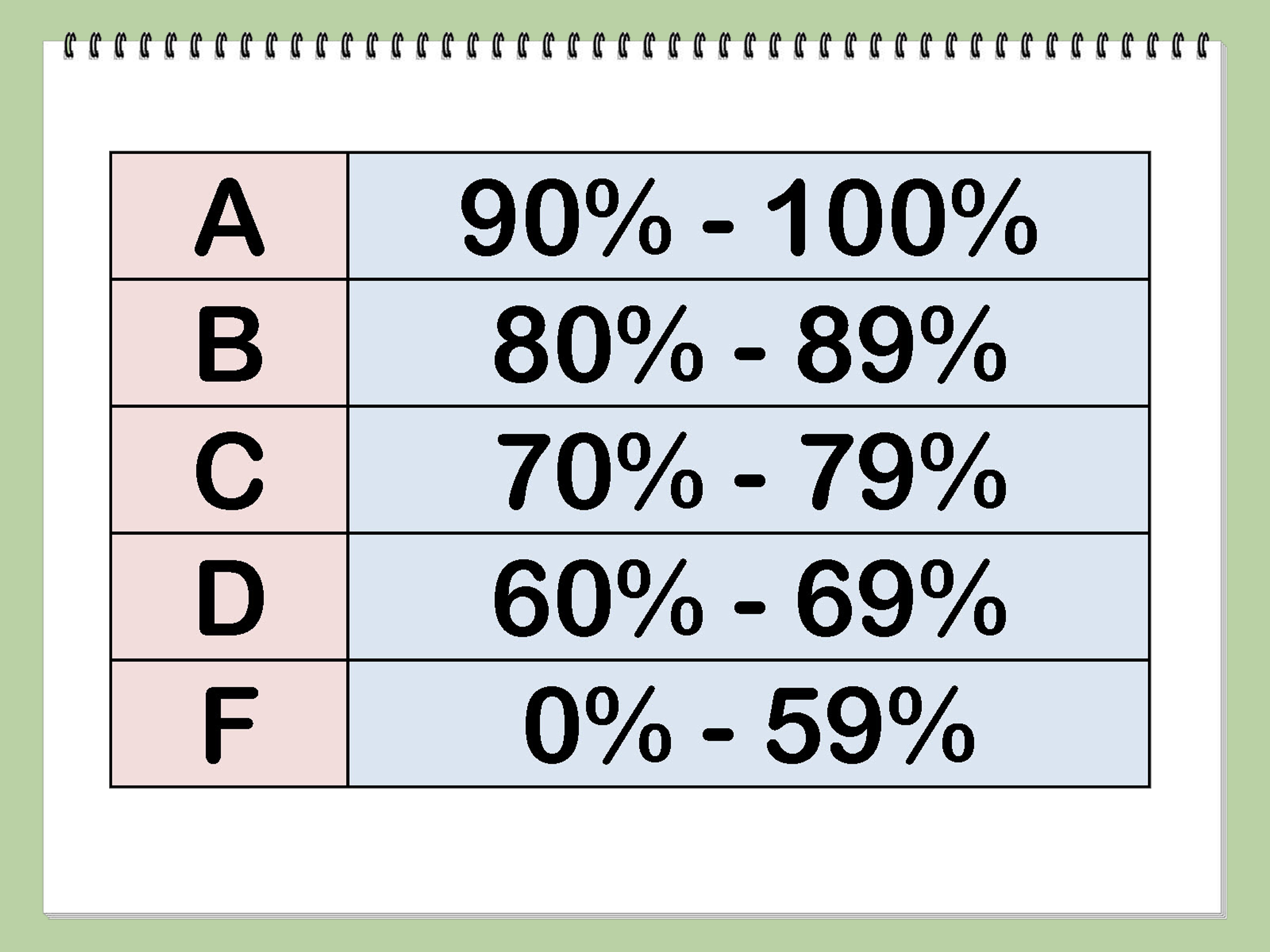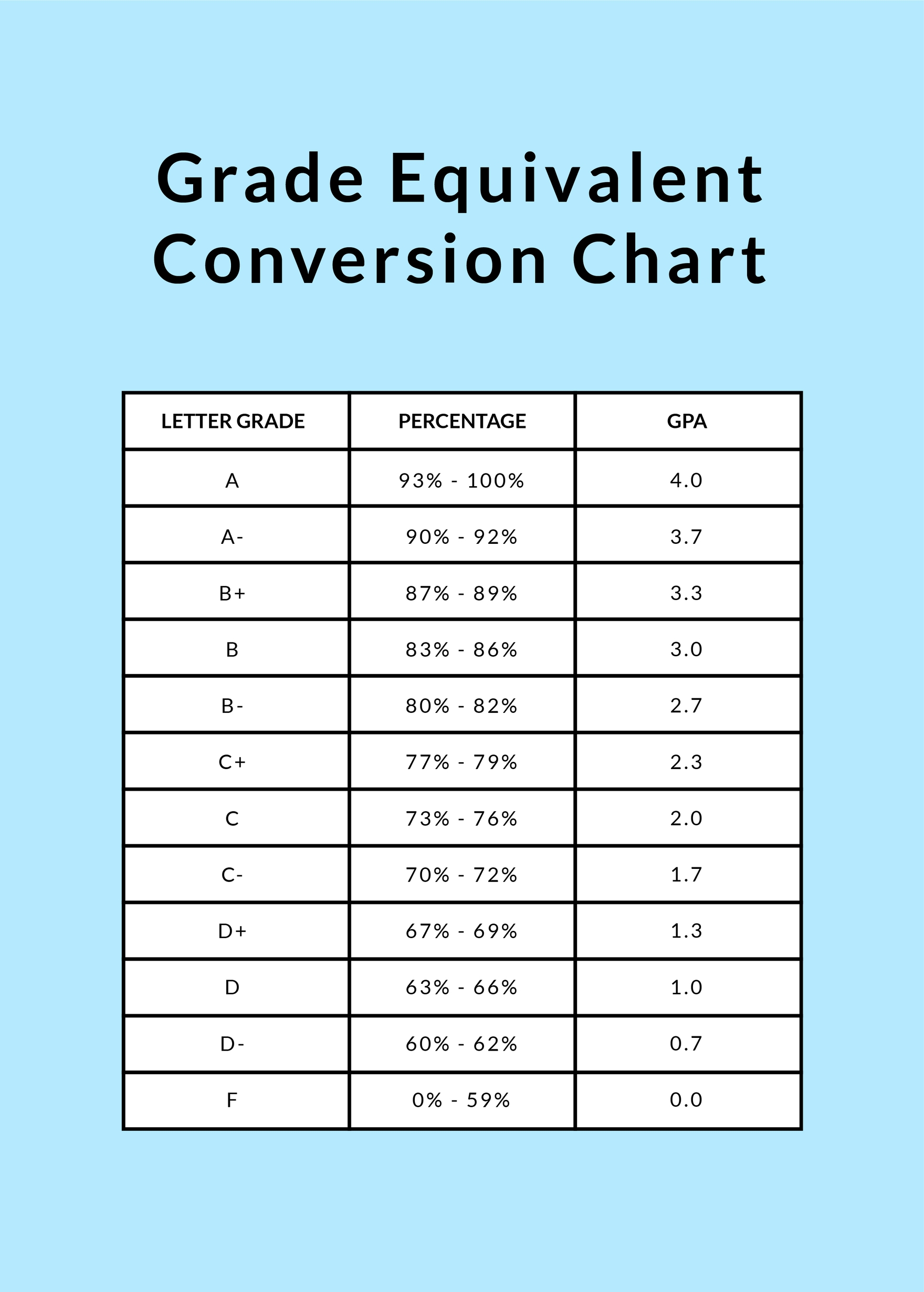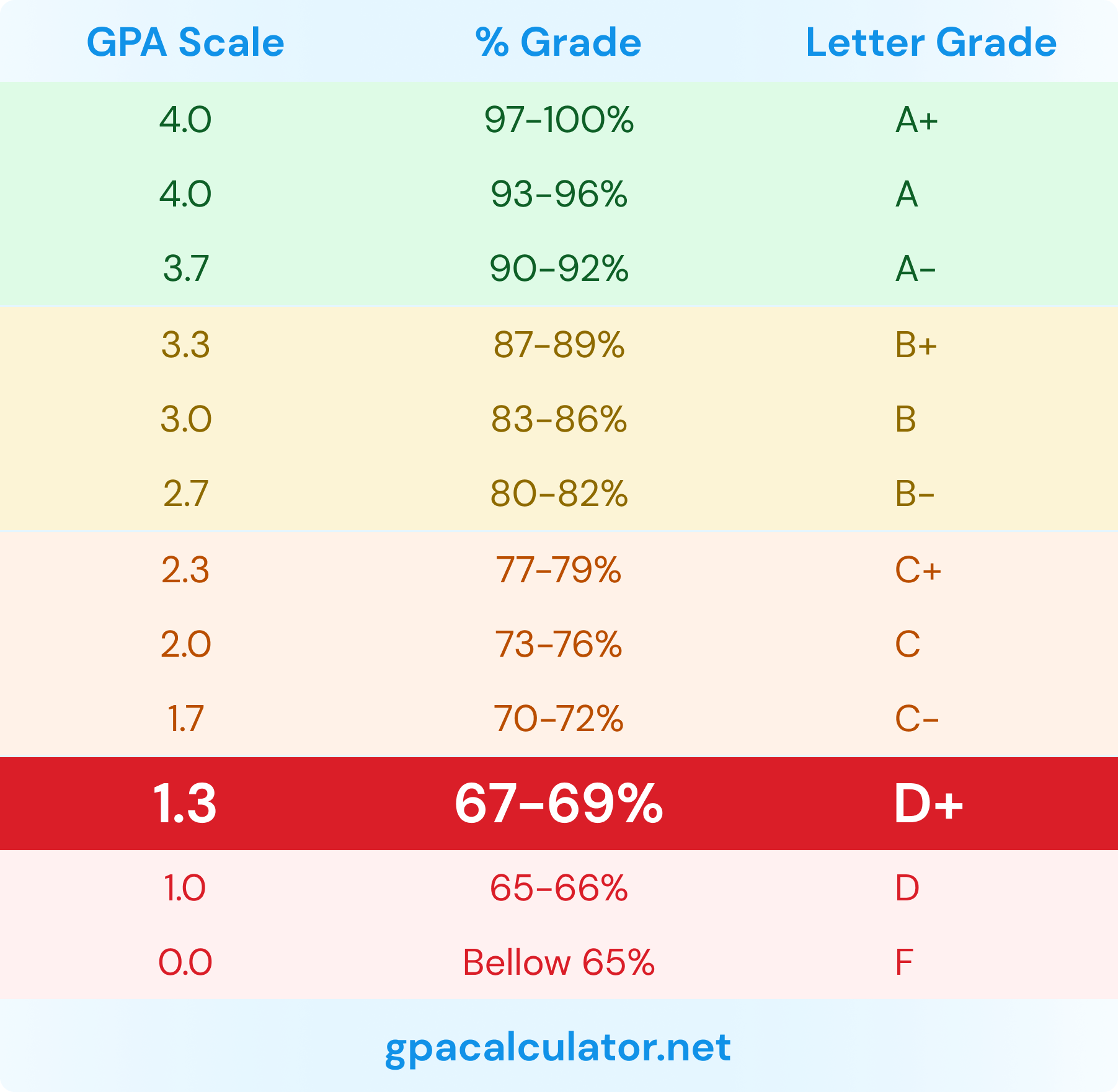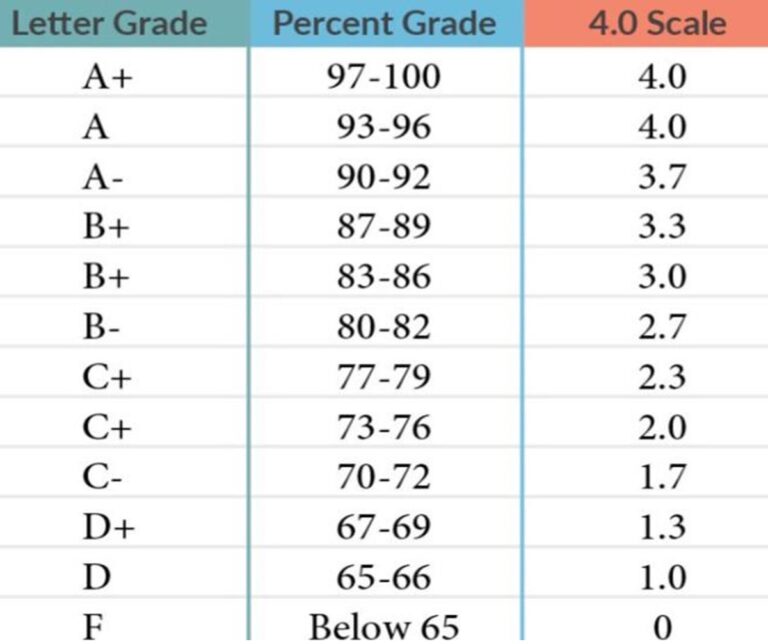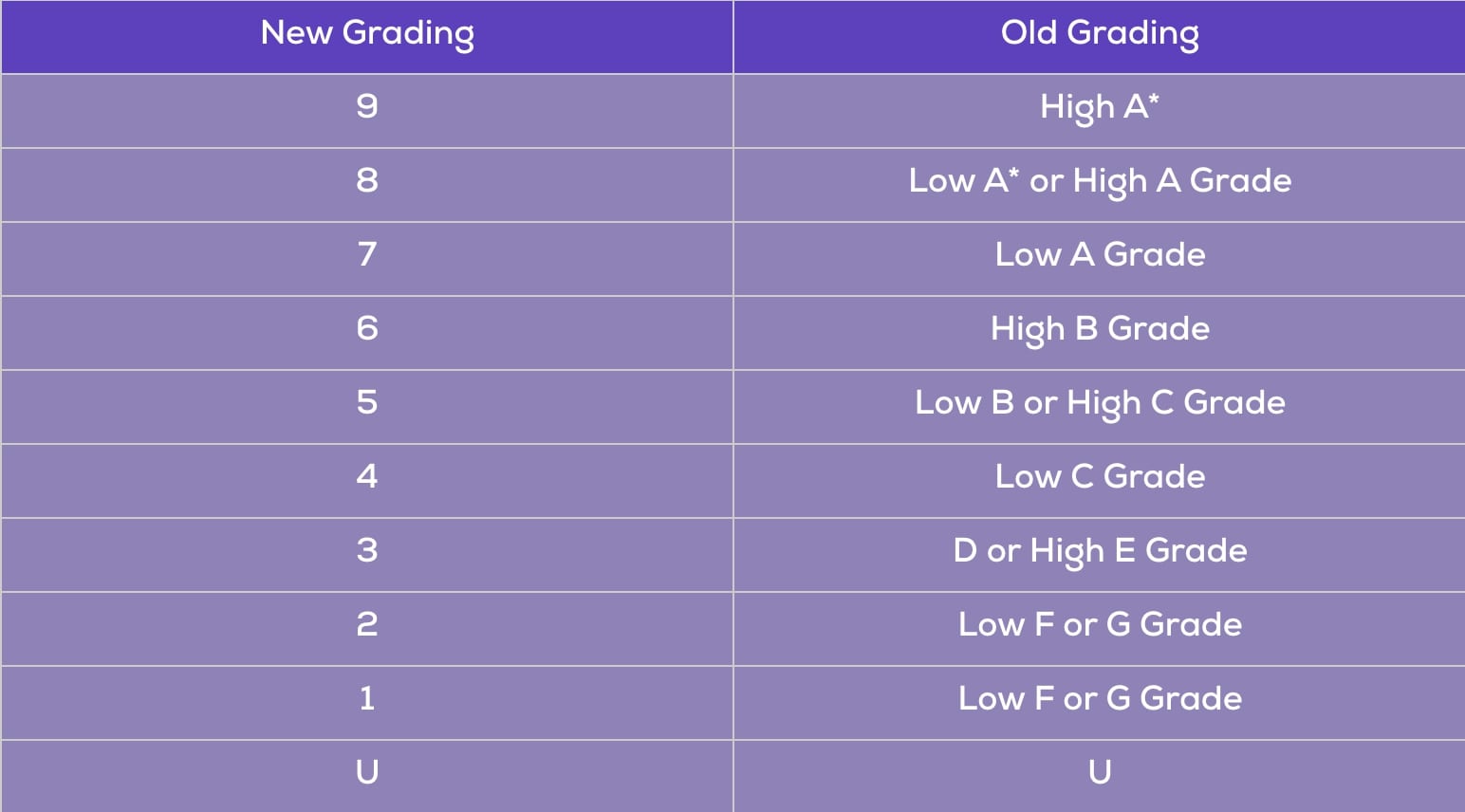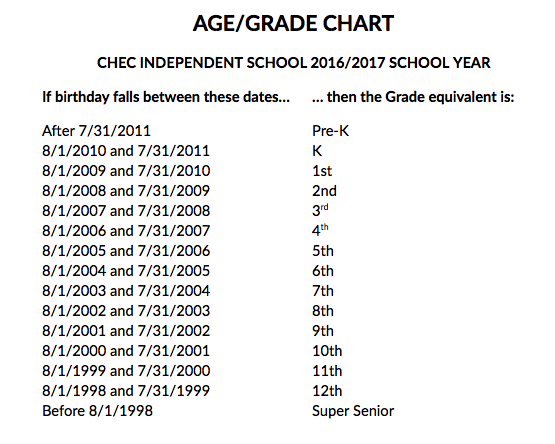What Is 17 Out Of 20 As A Grade

Understanding how raw scores translate into letter grades can be a source of confusion for students, parents, and educators alike. A common question that arises is: What does a score of 17 out of 20 equate to as a letter grade or percentage?
This article aims to provide a clear and concise explanation of how to interpret this score within different grading systems. We'll explore the percentage equivalent, the common letter grade assigned, and potential variations across educational institutions.
The Percentage Equivalent
The most direct way to understand 17 out of 20 is to calculate its percentage equivalent. This is a straightforward calculation: (17/20) * 100 = 85%.
Therefore, a score of 17 out of 20 is equivalent to 85 percent.
Letter Grade Conversion
While the percentage provides a numerical understanding, letter grades offer a more subjective assessment of performance. The letter grade associated with 85% depends on the grading scale used by the school or instructor.
However, generally, an 85% falls within the B+ or B range on most standard grading scales. Let's explore some common grading scales.
Common Grading Scales in the U.S.
Many educational institutions in the United States employ a ten-point grading scale. In this system, the ranges are often as follows:
- 90-100%: A
- 80-89%: B
- 70-79%: C
- 60-69%: D
- Below 60%: F
Using this scale, 85% would generally equate to a B. However, some institutions further refine this scale with pluses and minuses.
For example, an 87-89% might be a B+, while an 83-86% is a solid B, and an 80-82% might be a B-. In the case of 85%, a B would likely be the most common assignment, though a B+ could be possible depending on the specific cutoff points.
Variations Across Institutions
It's crucial to remember that grading scales can vary significantly. Some institutions might use a seven-point grading scale or weight assignments differently.
Contacting the instructor or consulting the course syllabus is always the best way to confirm the specific grading policy in place.
Some schools may also use alternative grading systems that prioritize mastery and growth over traditional letter grades. These systems might focus on feedback and revision rather than assigning a single grade for each assignment.
The Significance of Context
The meaning of 17 out of 20 extends beyond just a percentage and a letter grade. The context of the assignment is vital.
Was it a simple quiz, a major exam, or a complex project? A score of 17 out of 20 on a high-stakes assessment carries more weight than the same score on a low-stakes assignment.
Moreover, consistent performance is more important than a single score. A student who consistently scores in the B range demonstrates a solid understanding of the material, while a student with fluctuating grades might need additional support.
Impact on Students and Parents
Understanding how grades are calculated and interpreted is essential for both students and parents. It allows for informed conversations about academic progress and areas for improvement.
Parents can use this information to support their children's learning and advocate for their needs. Students can use this knowledge to set realistic goals and track their progress.
Furthermore, it helps in understanding transcripts and GPA calculations, particularly when applying for colleges or scholarships. GPA calculations often rely on letter grades being converted to numerical points, where an A is worth more than a B.
Seeking Clarification
When in doubt about a grade or grading policy, always seek clarification from the instructor. Open communication is key to understanding expectations and addressing any concerns.
Don't hesitate to ask questions about the grading rubric, the weight of different assignments, or opportunities for improvement. Most instructors are willing to provide guidance and support to help students succeed.
Ultimately, grades are just one measure of a student's learning and potential. Focus on understanding the material, developing critical thinking skills, and fostering a love of learning.
Conclusion
In conclusion, 17 out of 20 is equivalent to 85%, which typically corresponds to a B or B+ depending on the specific grading scale used. Understanding the context of the assignment, the institution's grading policy, and maintaining open communication with instructors are crucial for interpreting grades accurately and promoting student success.
Remember that grades are a tool for assessment and feedback, not the sole determinant of a student's worth or potential.

